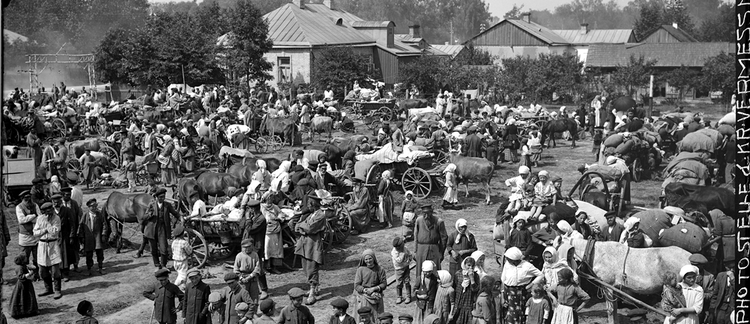Histories of architecture and design have conventionally emphasized the wartime advances in mechanization and standardization opened new fields of inquiry in the aftermath of World War I. Fewer histories have focused on how rampant imperial and colonial militarism became entangled with this bureaucratization and institution building; indeed, the State of Emergency not only precipitated rapidly circulating goods within the context of semi-planned economies, it also expanded the logic of governmentality and its tacit violence in an unrestrained fashion. This special issue thus embeds the creation of wartime and interwar institutions into broader frameworks of imperial and colonial warfare, while also mapping the development of survival, coping, and resistance mechanisms by those forced to contend with everyday scarcity on the ground. Covering a wide geographic range—from Russia to East Africa—this special issue highlights a) the material, spatial, and institutional developments between the front and the home front and the gendered dimensions of labor in imperial warfare; b) the militarization of citizens and the transformation of civic landscapes through wartime socio-scientific managerial measures; and c) the reinforcement of, and resistance against, colonial and imperial practices of making both territory and subjects through the use of viewing and mapping devices.
Cover image: Evacuees in Kovel, Ukraine, July 12, 1916. © Austrian National Library, Image Archives.
Cover image: Evacuees in Kovel, Ukraine, July 12, 1916. © Austrian National Library, Image Archives.
Editors: Erin Eckhold Sassin (Guest Editor), S.E. Eisterer (Guest Editor)
Editorial
From Ration Cards and Refugee Camps: Bureaucracy, Domesticity, and the 'Bleak House' that Modern Architecture Built During and After World War I
S.E. Eisterer and Erin Eckhold Sassin
Also a part of:
Research Article
Collections
-
The Two Mediterraneans that Live Apart, Together: Making Architectures and Writing Histories
Women’s display. Women’s exhibitions and exhibition design in the 20th century
Building Civic Identities. Communal Palaces in Italian Urban History (14th-17th Centuries)
Intersecting Practices: Architecture and the Visual Arts in Early Modern Europe - Italy and the Netherlands
The Geopolitical Aesthetic of Postmodernism
Architects as Global Entrepreneurs (1850-2000)
From Ration Cards to Refugee Camps: Architecture, Bureaucracy, and the Global State of Emergency during World War One
Comprador Networks and Comparative Modernities
Architectural Historiography and Fourth Wave Feminism
Marxism and Architectural Theory across the East-West Divide
Resilience in Architectural History
On Style
On the meaning of 'Europe' for Architectural History
Travel
Building Word Image: Printing Architecture 1800-1950
Objects of Belief: Proportional Systems in the History of Architecture
Culture of Crisis
